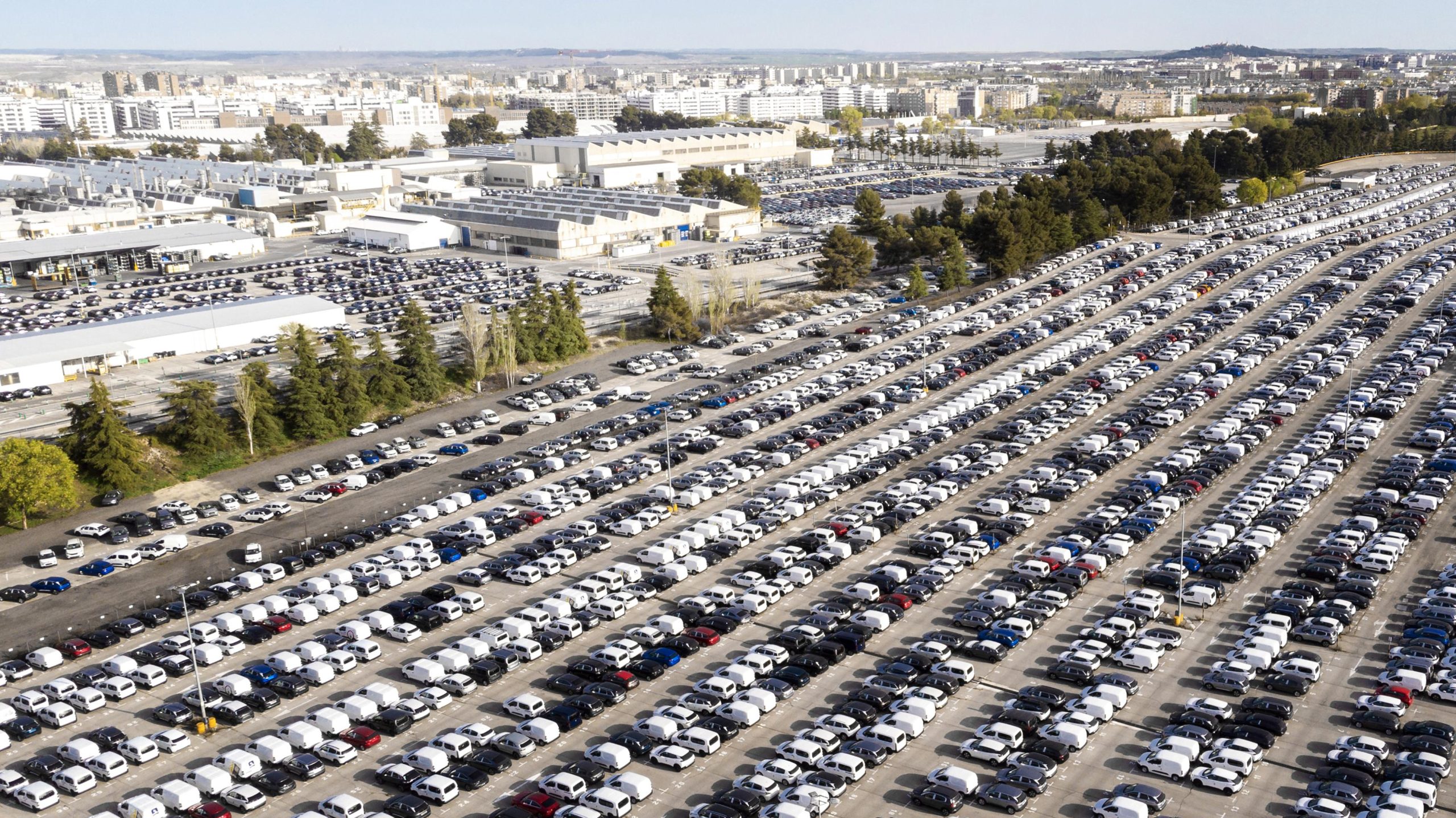On 4 October, the European Commission voted to apply definitive countervailing duties (CVDs) on electric vehicles from China. These tariffs are a response to Chinese competitive distortions, while continuing to uphold the rule-based trading system. There has been a mixed reaction about the fact that five European Union countries (including Germany) voted against the motion and 12 abstained.
Under the rules applicable in antidumping or CVD cases, an abstention does not prevent the application of the Commission proposed remedy. Abstentions could be read therefore as an encouragement for the Commission to continue negotiations with China, but to do it from a position of strength. The fact that this measure affecting the car sector was adopted despite Germany’s negative vote is a signal of a trade policy that works. It may set a precedent for other difficult trade policy decisions.
The EU’s credibility would have been damaged if China had succeeded in shifting the votes of EU countries against the measures proposed by the Commission. After a negative experience when the EU considered imposing tariffs on solar panels from China, price undertakings may only be considered if they have an impact equivalent to tariffs and they can be fully monitored and enforced.
The EU’s approach is fundamentally different to the stance of the United States on Chinese EVs. The EU is not applying prohibitive tariffs but instead placing carefully calibrated CVDs on imports, which are not intended to negate Chinese competitive advantages. The EU’s measures are designed to counter the impact of subsidies.
The EU will continue to import Chinese cars into Europe, and there will be pressure for European producers to improve their competitiveness. Rather than fracturing value chains or upsetting cooperation between EU and Chinese companies, these duties are likely to increase Chinese investment in Europe. This contrasts with the US approach, which could ultimately prohibit the marketing of Chinese cars in the US regardless of the EV place of production.
The objective of the EU measure is to give EU companies an opportunity to enhance their competitiveness in the EV sector. It could be argued that these tariffs are more like a safeguard than a CVD. Still, nothing prevents CVDs being implemented in a manner that works like a safeguard. The Commission could commit to review the measure after three years and to only continue for two extra years if there is still evidence of subsidisation and more time is needed to adjust.
The EU’s decision to strictly follow World Trade Organisation procedures is an important guarantee against escalation. China has already requested WTO consultations on EU CVDs. The EU has already initiated dispute-settlement procedures on the initiation of a CVD investigation on dairy and the application by China of provisional countervailing duties on cognac, which would allow for an objective adjudication on the application of the rules. The EU and China do not have the option of appealing into the void since they are both founding parties of the Multi Party Arbitration Agreement.
Contrary to those who argue that WTO rules are not adequate to deal with the China challenge, the CVDs can be seen as a vote of confidence in the WTO system. In any event, the votes in the Council are a clear illustration that there would be no be support in the EU for action on China that is not in line with WTO rules and the powers attributed to the Commission under EU legislation.
Of course, negotiation would be a better option than litigation. WTO rules on subsidies clearly need updating. A critical element is ensuring there is transparency to cover the different forms of subsidies granted by China. Most of those subsidies are not reflected in the budget of the central government but take the form of below market financing or inputs provided by state enterprises, often at provincial level. Under countervailing duty law, investigative authorities can rely on adverse facts available if the investigated firms do not provide the necessary information.
WTO negotiations (possibly in a plurilateral format) could aim to reinforce disciplines on transparency. They could also clarify criteria for the application of benchmarks to determine the level of subsidisation, or to try to distinguish the treatment of subsidies, depending on both trade distortive impacts and the impact on achievement of climate objectives. At the last Ministerial Conference, China was ready to support an EU/Canadian initiative to launch deliberations on the interface between trade and industrial policies. Although no consensus was reached, informal discussion can continue, not only with the EU and China but also other interested countries.
About the author:
Ignacio Garcia Bercero is a Non-resident fellow at Bruegel.

